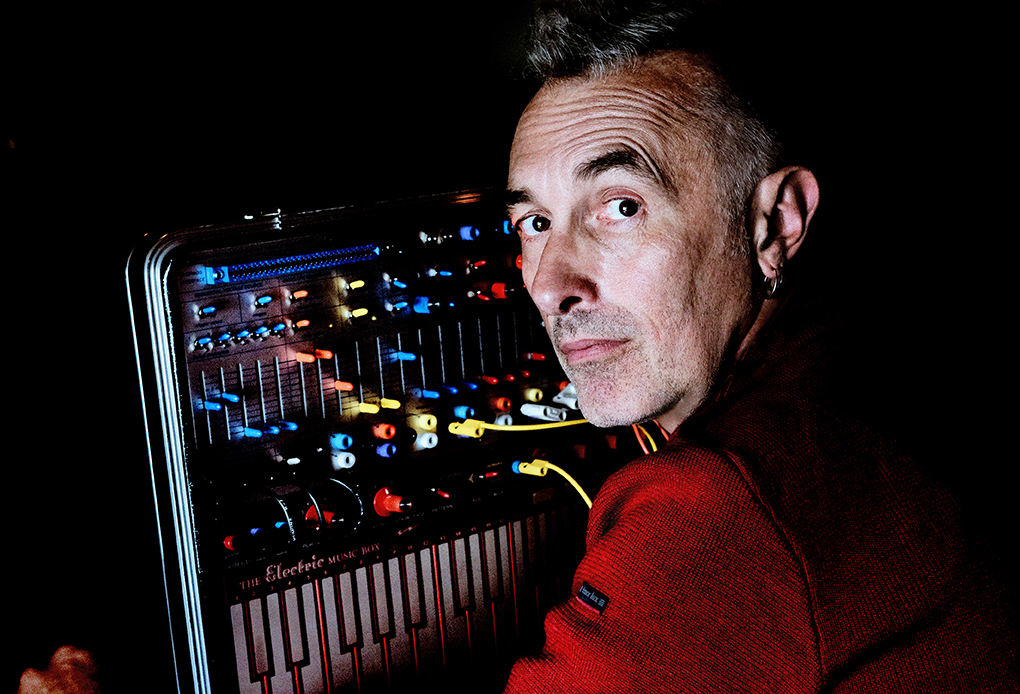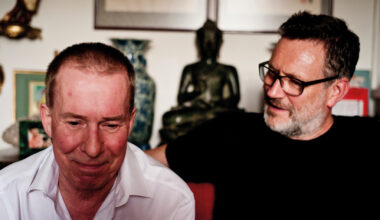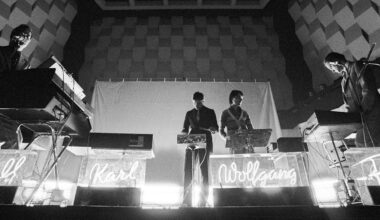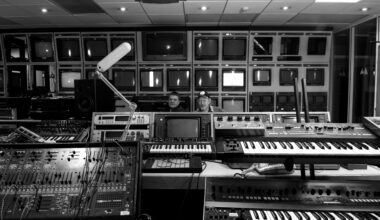More absorbed than ever in electronics, Yann Tiersen’s latest album ‘11 5 18 2 5 18’ finds the Breton composer sampling and resampling old tracks into compelling, exquisitely wrought fresh shapes… with an occasional nod to the dancefloor. Who knew?
Want to read more?
Sign up to Electronic Sound Premium to gain access to every post, video, special offers, and more. 100%, all you can eat, no commitment, cancel any time.
Already a premium member? Log in here






